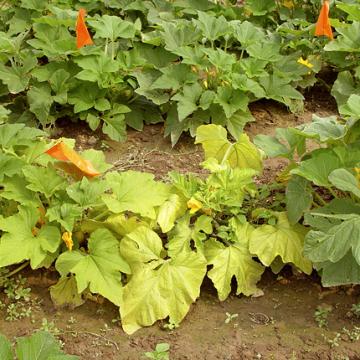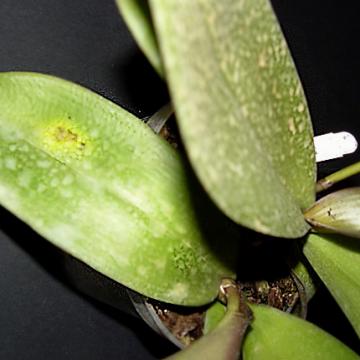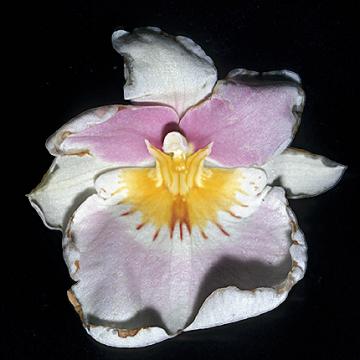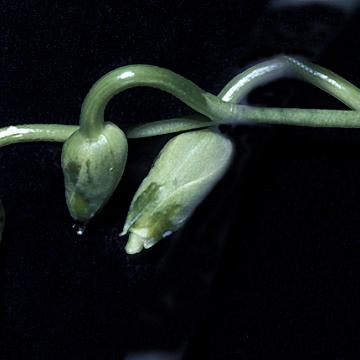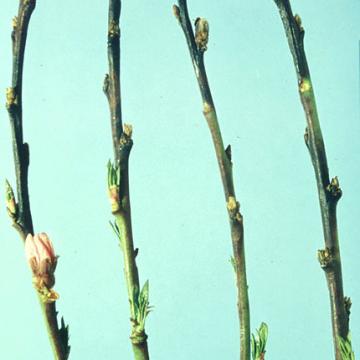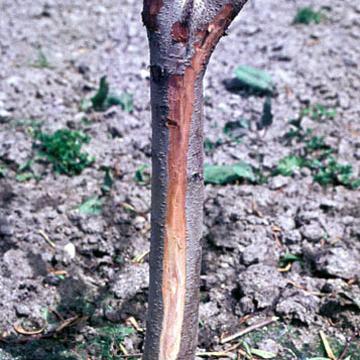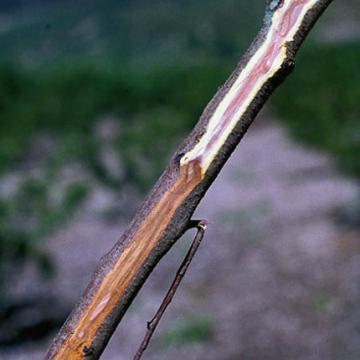DISEASE: Aster yellows
HOST: Squash
Diagnostic characteristics for the disease are yellowing of young leaves, proliferation of secondary shoots, and rigid erect habit. Leaves are misshapen and smaller than normal and have stiff, thick laminae.
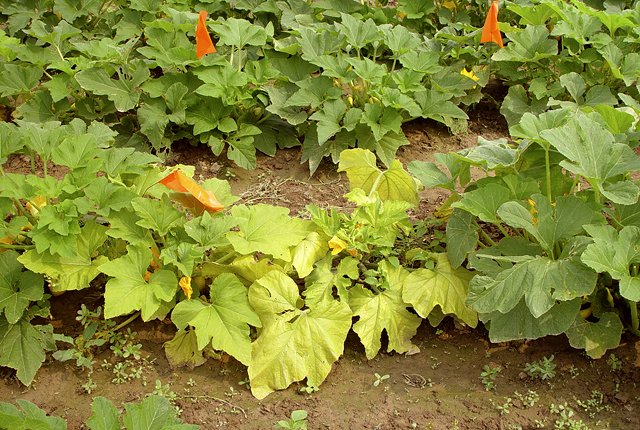
Aster yellows | Squash
DISEASE: Aster yellows
HOST: Squash (Cucurbita sp.)
PATHOGEN: 'Candidatus Phytoplasma asteris'
PATHOGEN SYNONYM: Phytoplasma Aster yellows group
SOURCE: S. Miller
DISEASE: Bacterial brown rot
HOST: Orchid
Phalaenopsis orchid with yellowish brown spot on leaf (left), an early stage of disease.
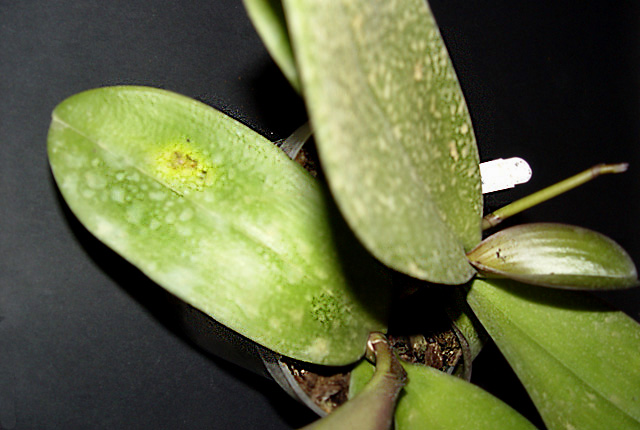
Bacterial brown rot | Orchid
DISEASE: Bacterial brown rot
HOST: Orchid (Phalaenopsis sp.)
PATHOGEN: Acidovorax cattleyae
PATHOGEN SYNONYM: Acidovorax avenae subsp. cattleyae
SOURCE: R. McMillan
DISEASE: Bacterial brown rot
HOST: Orchid
Leaves of Phalaenopsis orchid with advanced stage of decay.
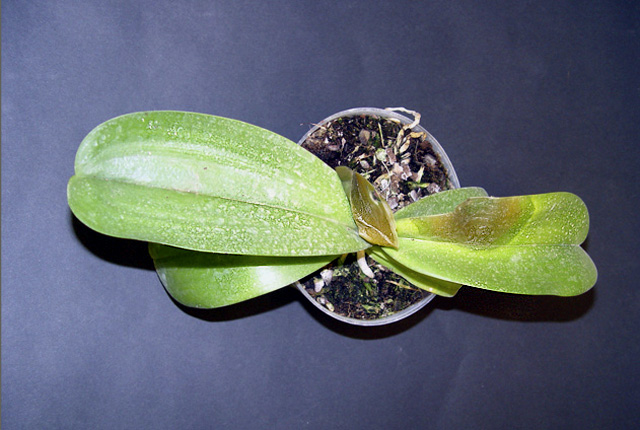
Bacterial brown rot | Orchid
DISEASE: Bacterial brown rot
HOST: Orchid (Phalaenopsis sp.)
PATHOGEN: Acidovorax cattleyae
PATHOGEN SYNONYM: Acidovorax avenae subsp. cattleyae
SOURCE: R. McMillan
DISEASE: Bacterial bud and petal blight
HOST: Orchid
Miltonia orchid with brownish necrotic areas around edges of flower petals.
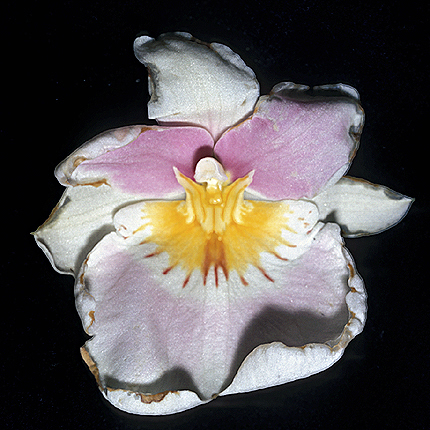
Bacterial bud and petal blight | Orchid
DISEASE: Bacterial bud and petal blight
HOST: Orchid (Miltonia sp.)
PATHOGEN: Acidovorax cattleyae
SOURCE: R. Raabe
DISEASE: Bacterial bud and petal blight
HOST: Orchid
Miltonia orchid with diseased water-soaked flower buds.
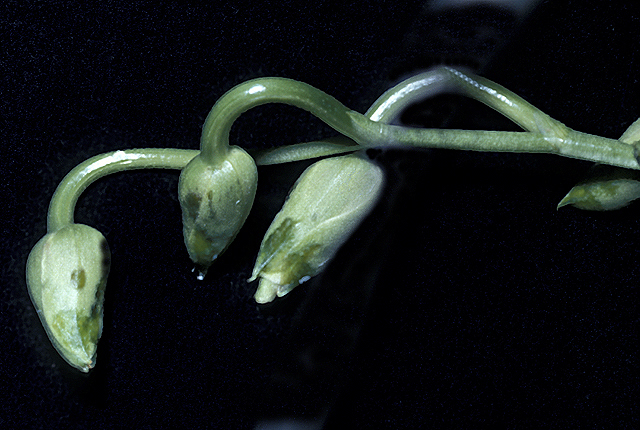
Bacterial bud and petal blight | Orchid
DISEASE: Bacterial bud and petal blight
HOST: Orchid (Miltonia sp.)
PATHOGEN: Acidovorax cattleyae
SOURCE: R. Raabe
DISEASE: Bacterial dieback of nectarine
HOST: Nectarine
Dark cankers on last year's twig. Symptoms of bacterial dieback of nectarine are identical to those of bacterial dieback of peach.
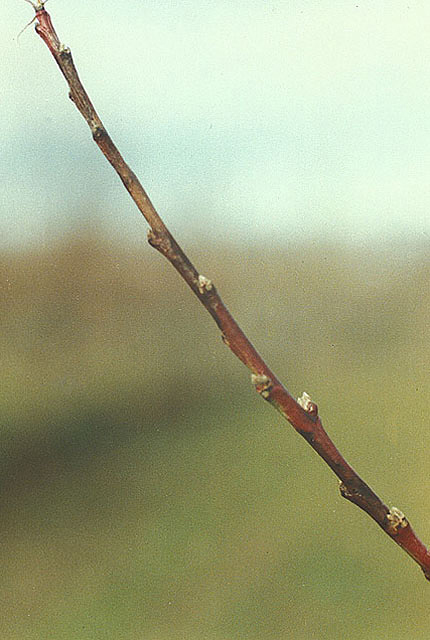
Bacterial dieback of nectarine | Nectarine
DISEASE: Bacterial dieback of nectarine
HOST: Nectarine (Prunus persica var. nucipersica)
PATHOGEN: Pseudomonas syringae pv. persicae
SOURCE: J. Young
DISEASE: Bacterial dieback of nectarine
HOST: Nectarine
Diseased young twigs.
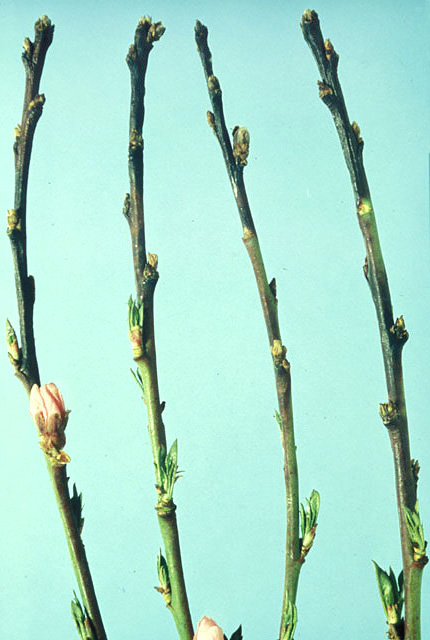
Bacterial dieback of nectarine | Nectarine
DISEASE: Bacterial dieback of nectarine
HOST: Nectarine (Prunus persica var. nucipersica)
PATHOGEN: Pseudomonas syringae pv. persicae
SOURCE: J. Young
DISEASE: Bacterial dieback of nectarine
HOST: Nectarine
Bacterial invasion of trunk caused reddish brown discolored area. Symptoms of bacterial dieback of nectarine are identical to those of bacterial dieback of peach.
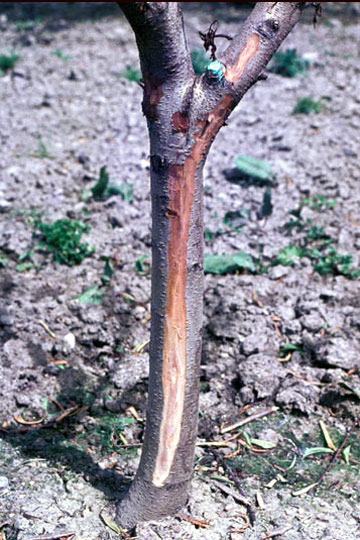
Bacterial dieback of nectarine | Nectarine
DISEASE: Bacterial dieback of nectarine
HOST: Nectarine (Prunus persica var. nucipersica)
PATHOGEN: Pseudomonas syringae pv. persicae
SOURCE: J. Young
DISEASE: Bacterial dieback of nectarine
HOST: Nectarine
Discolored vascular tissues and gummosis on infected twig.
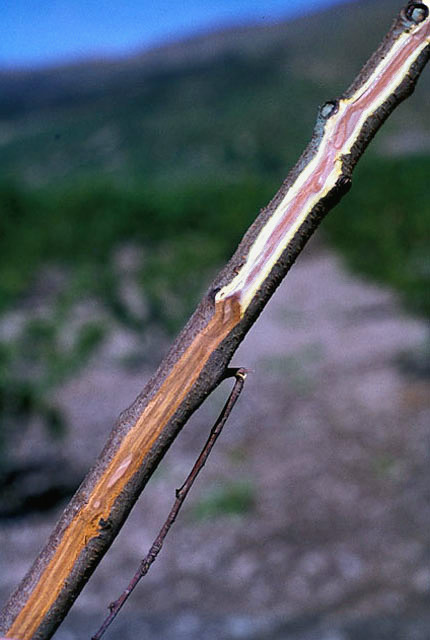
Bacterial dieback of nectarine | Nectarine
DISEASE: Bacterial dieback of nectarine
HOST: Nectarine (Prunus persica var. nucipersica)
PATHOGEN: Pseudomonas syringae pv. persicae
SOURCE: J. Young


